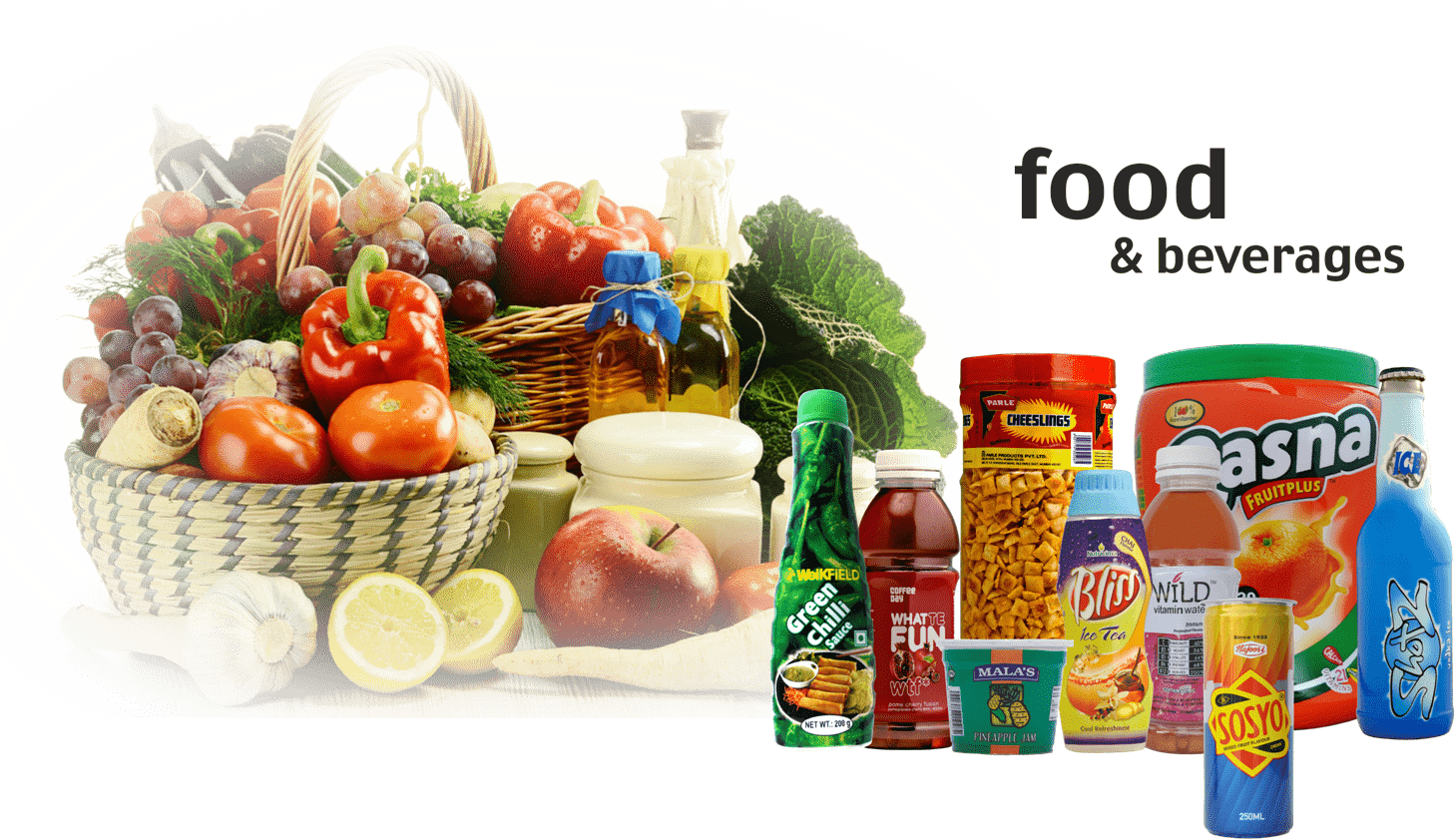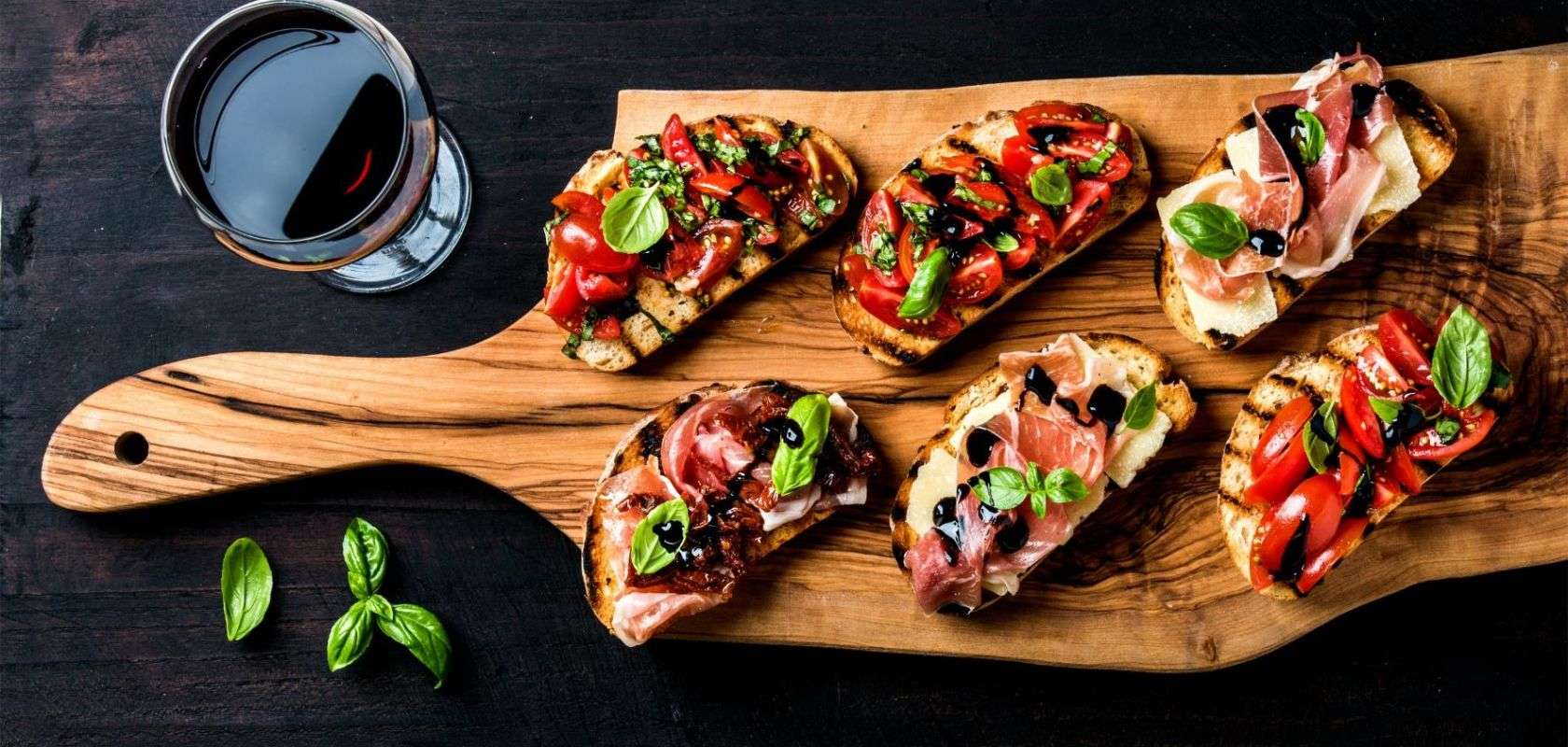The food and beverage industry is a vital sector in the European Union (EU), contributing significantly to the region’s economy. This report provides an overview of the sales value of the food and beverage industry in each EU country, highlighting key trends and variations.
Analysis of Food and Beverage Industry Sales Value Across EU Countries
1. Overall Sales Value:
- The food and beverage industry encompasses a wide range of products, including fresh produce, packaged goods, beverages, and more.
- Sales value is influenced by factors such as population size, consumer preferences, economic conditions, and cultural factors.
2. Top Performers:
- Countries like Germany, France, and the United Kingdom typically rank among the top performers in terms of sales value due to their large populations and strong economies.
- These countries have well-established food and beverage industries with a diverse range of products catering to various consumer needs.
3. Regional Variations:
- Sales value may vary significantly between EU countries, reflecting differences in consumer spending habits, dietary preferences, and market dynamics.
- Southern European countries like Italy, Spain, and Greece are known for their rich culinary traditions and may have higher sales value in certain food categories like olive oil, wine, and cheese.
4. Impact of External Factors:
- External factors such as trade agreements, tariffs, and geopolitical events can impact the sales value of the food and beverage industry in EU countries.
- Brexit, for example, has introduced uncertainty and potential disruptions to trade between the UK and EU member states.
5. Market Trends:
- Key trends shaping the food and beverage industry include increasing demand for healthy and organic products, convenience foods, and sustainable packaging.
- Online retailing and delivery services are also driving growth, especially in urban areas where consumers seek convenience and variety.
6. Future Outlook:
- Despite challenges such as regulatory changes and market uncertainties, the food and beverage industry in the EU is expected to continue growing, driven by innovation, evolving consumer preferences, and global demand for European food products.
Conclusion: The sales value of the food and beverage industry in each EU country reflects a complex interplay of factors including consumer behavior, economic conditions, and market dynamics. Understanding these variations and trends is essential for businesses operating in the industry to identify opportunities, mitigate risks, and drive growth in the diverse and competitive European market.



